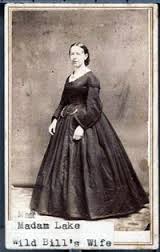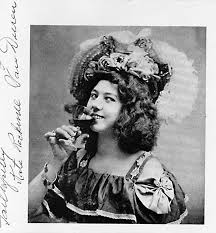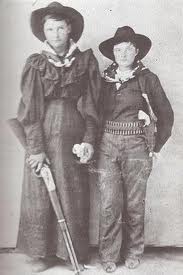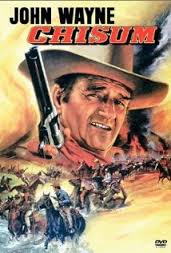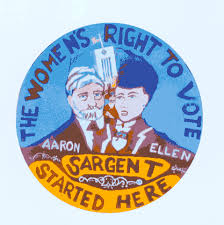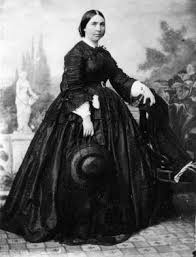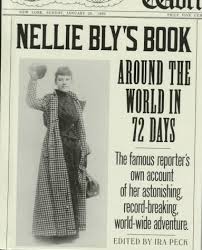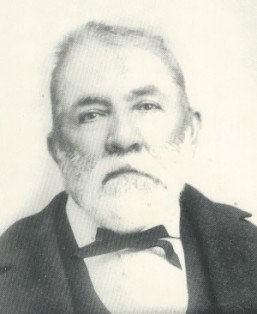Only two more days left! Enter now to win two books! Tales Behind the Tombstones: The Deaths and Burials of the Old West’s Most Nefarious Outlaws, Notorious Women, and Celebrated Lawmen and the new book More Tales Behind the Tombstones: More Deaths and Burials of the Old West’s Most Nefarious Outlaws, Notorious Women, and Celebrated Lawmen.
When pioneer and businessman Asa Mercer died on August 10, 1917, in Buffalo, Wyoming, few in the ranching community recalled the plan he devised to remedy the lack of single women in the Northwest in the 1860s.
It began with an ad placed in February 24, 1860, that testified to the serious shortage of a desired commodity in Washington Territory. “Attention Bachelors: Believing that our only chance for the realization of the benefits and early attainments of matrimonial alliances depends on the arrival in our midst of a number of the fair sex from the Atlantic States, and that, to bring about such and arrival a united effort and action are called for on our part, we respectfully request a full attendance of all eligible and sincerely desirous bachelors of this community assemble on Tuesday evening next February 28, in Delim and Shorey’s building, to devise ways and means to secure this much-needed and desirable emigration to our shores.”
Signed by nine leading citizens, the advertisement was picked up by other newspapers and reprinted across the country. They had hopes of attracting industrious, young women to the rich and rugged Northwest where a few thousand men were working on making fortunes in timber, fishing, farming, and other endeavors. There were a few favorable responses to the announcement but no solid plan was in place to import the desired commodity to the area.
By 1860, the pioneers in Washington Territory had established thriving communities along Puget Sound and were busy carving out farms and ranches along the coast and toward the foothills of the Cascades. The temperature climate, rich fisheries, and timber resourced proved the raw material upon which to build a comfortable life. The prosperous and clean-living young men populating the region in 1858 were “eager to put their necks in the matrimonial noose.”
In 1860, Asa Shinn Mercer hit upon a scheme to take the next step in the recruitment effort. He would import bachelorettes by traveling to the East Coast, where women were in abundance, and actively promote the unequaled advantages of Washington Territory. That idea and its sequel were part of the fascinating career of A. S. Mercer, who found his own bride among those he recruited for Washington Territory.
To learn more about Asa Mercer and others like him who left their mark on the American West read Tales Behind the Tombstones: The Deaths and Burials of the Old West’s Most Nefarious Outlaws, Notorious Women, and Celebrated Lawmen and More Tales Behind the Tombstones: More Deaths and Burials of the Old West’s Most Nefarious Outlaws, Notorious Women, and Celebrated Lawmen.


